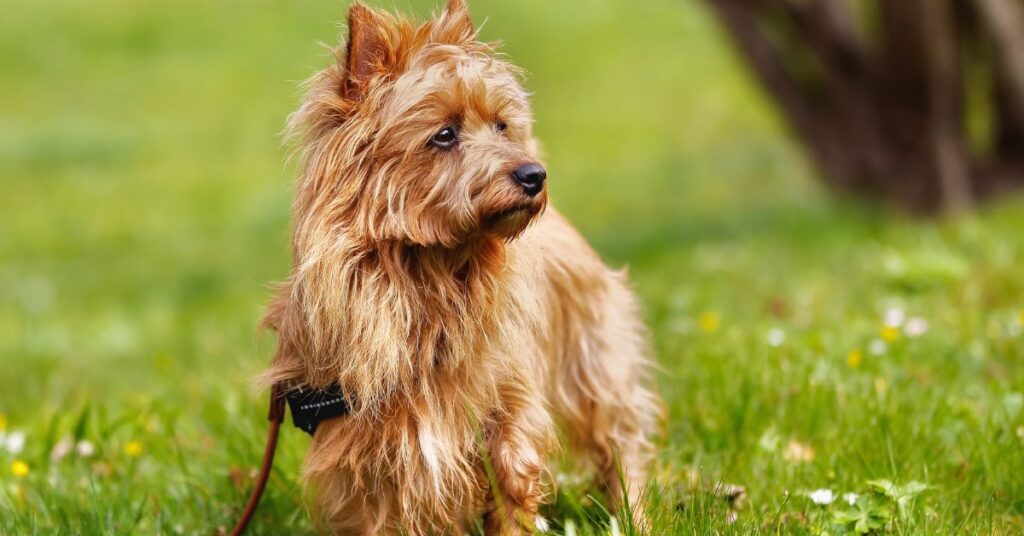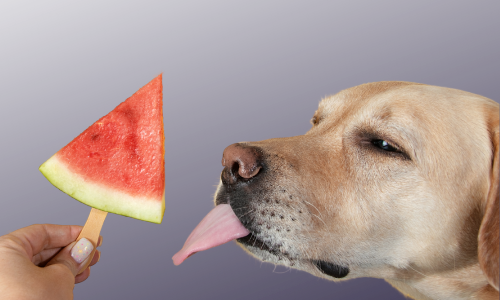The Australian Terrier, a small but spirited breed, is known for its loyalty and lively personality. This comprehensive guide provides detailed information about the Australian Terrier, covering all aspects from breed characteristics to its rich history.
*Disclaimer: This Post May Contain Affiliate Links. This Means That I Receive A Small Commission At No Extra Cost To You Should You Click Through And Make A Purchase. Learn More On My Policy Page
Breed Characteristics
- Breed Category: Terrier Group
- Size: Small
- Coat Length: Medium
- Shedding: Low to moderate
- Hypoallergenic: No
- Grooming Requirements: Moderate
- Life Span: 12-15 years
- Activity Level: Moderate to high
- Temperament/Personality: Loyal, spirited, intelligent
- Intelligence: High
- Trainability: High
- Space Requirement: Small to moderate; suitable for apartments with regular exercise
- Compatibility with Children & Other Pets: Good with children and other pets with proper socialization
- Health Issues: Patellar luxation, diabetes, allergies
- Nutrition Needs: High-quality diet with balanced nutrients
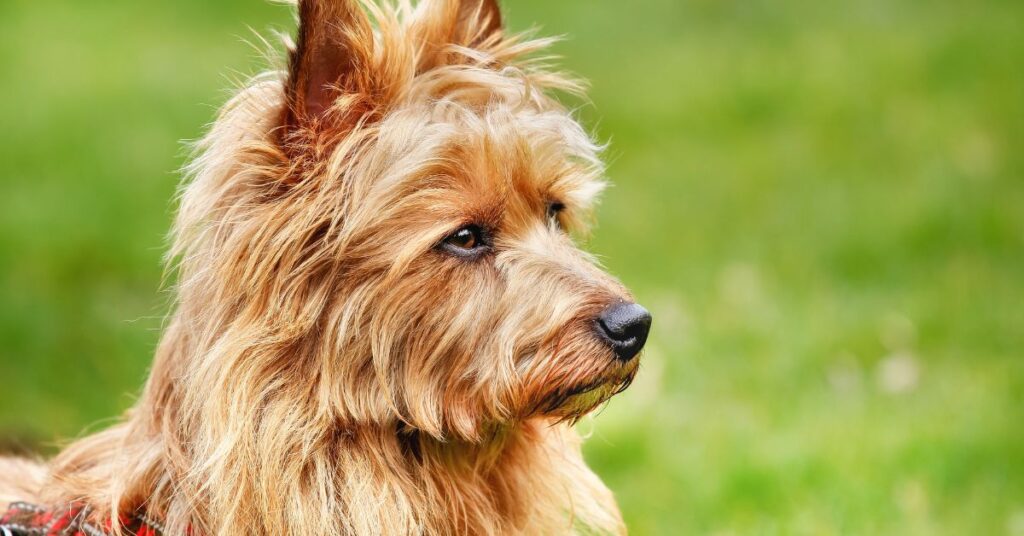
Origin and History
The Australian Terrier was developed in Australia during the early 19th century. It was created by crossing various terrier breeds brought over from Britain, such as the Cairn Terrier, the Dandie Dinmont Terrier, and the Yorkshire Terrier. The goal was to produce a robust, hardworking dog capable of handling the harsh Australian climate and terrain.
Originally bred for hunting and pest control, the Australian Terrier quickly proved its worth on farms and ranches by controlling rodent populations and guarding livestock. Despite its working origins, the breed’s charming personality and loyalty soon made it a beloved companion as well.
Appearance and Physical Characteristics
Australian Terriers are small, sturdy dogs with a distinctive, shaggy coat. They typically weigh between 14-16 pounds and stand about 10-11 inches tall at the shoulder. Their double coat consists of a harsh, straight outer coat and a soft undercoat, providing protection against the elements. Common coat colors include blue and tan, solid sandy, or solid red.
Temperament and Personality
Australian Terriers are known for their spirited and feisty nature. They are highly loyal and affectionate with their families, making them excellent companions. Despite their small size, they are brave and confident, often displaying a fearless attitude. They are also known for their keen intelligence and alertness, making them excellent watchdogs.
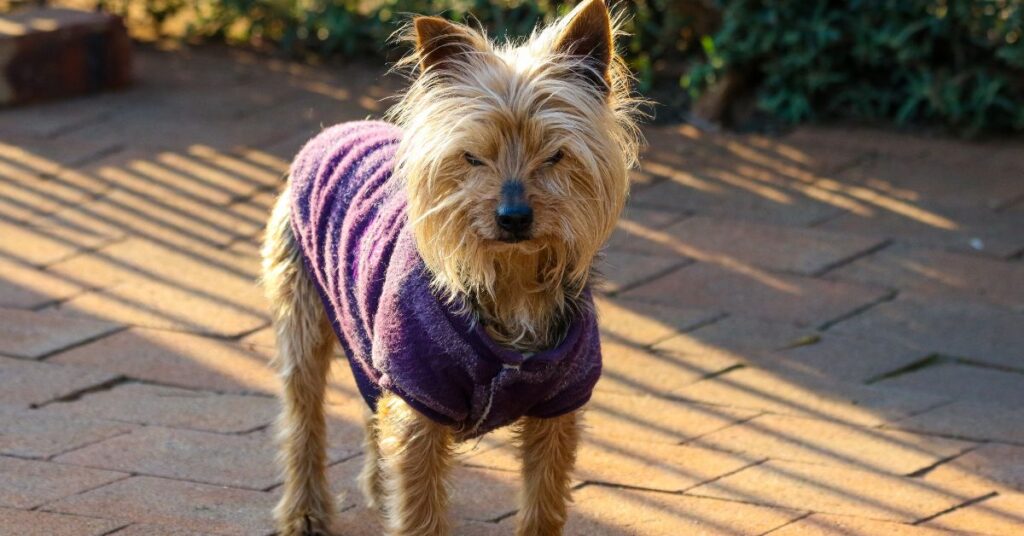
Intelligence and Trainability
Australian Terriers are intelligent and quick learners. They respond well to positive reinforcement and enjoy mental challenges. Their high intelligence means they can sometimes be independent and stubborn, so consistent and patient training is essential. Early socialization and training will help them develop into well-mannered adults.
Compatibility with Children and Other Pets
With proper socialization, Australian Terriers are good with children and can get along well with other pets. Their playful and affectionate nature makes them wonderful family pets. However, their terrier instincts may lead them to chase smaller animals, so supervision is recommended when they are around other pets.
Health and Nutrition
Australian Terriers are generally healthy dogs but can be prone to certain health issues, such as patellar luxation, diabetes, and allergies. Regular veterinary check-ups, a balanced diet, and maintaining a healthy weight are essential for their well-being.
Their diet should consist of high-quality dog food that meets their nutritional needs. Protein is important for muscle development, and omega fatty acids are beneficial for coat health. Fresh water should always be available, and portion control is important to prevent obesity.

Exercise and Activity Level
Australian Terriers have moderate to high activity levels and require regular exercise to stay healthy and happy. Daily walks, playtime, and mental stimulation are important to keep them engaged. They enjoy activities such as agility, obedience training, and interactive games that challenge their minds and bodies.
Grooming Needs
The grooming needs of Australian Terriers are moderate. Their medium-length, double coat requires regular brushing to prevent matting and remove loose hair. They shed minimally to moderately. Bathing should be done as needed, and regular dental care, ear cleaning, and nail trimming are important aspects of their grooming routine.
Training and Socialization
Early socialization and consistent training are crucial for Australian Terriers. They need to be exposed to different people, environments, and experiences to develop into well-adjusted adults. Training should focus on positive reinforcement techniques, and patience is key due to their independent nature. Socializing them with other animals and new situations will help them become confident and adaptable.
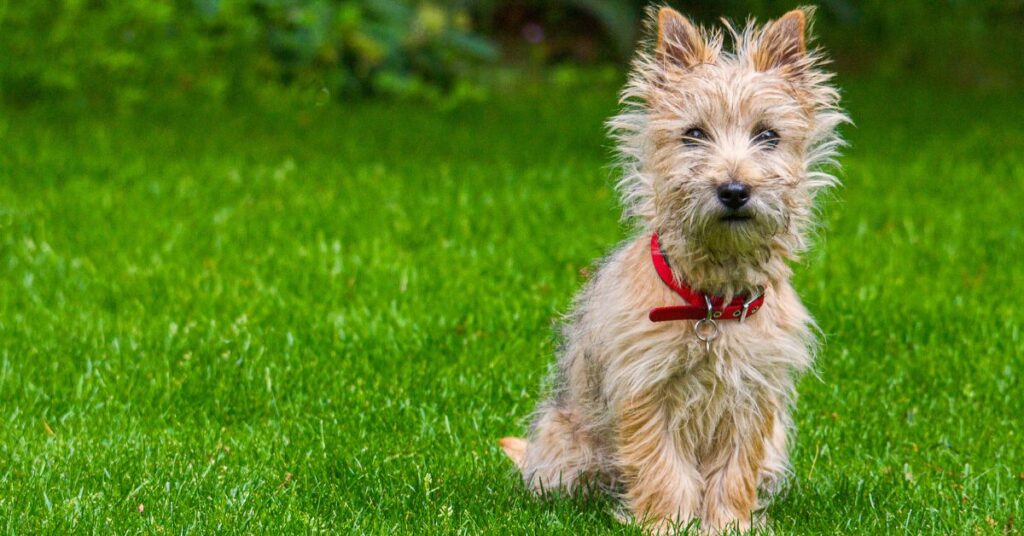
Famous Australian Terriers
Australian Terriers have made their mark in various fields, from acting in films and TV shows to excelling in dog sports. Their intelligence and versatility make them popular choices for various activities, showcasing their talents and endearing personalities.
Conclusion
The Australian Terrier is a spirited and loyal breed known for its intelligence and charming personality. It makes an excellent companion for individuals or families who can provide the necessary training, socialization, and exercise. With proper care, an Australian Terrier can be a loving and steadfast member of the family.


